
1. Keep pets brushed and groomed
Your furry family members produce a ton of hair containing dead skin cells.
Bathe, brush, and groom your pets regularly to keep dead skin cells and hair from trapping dust particles.
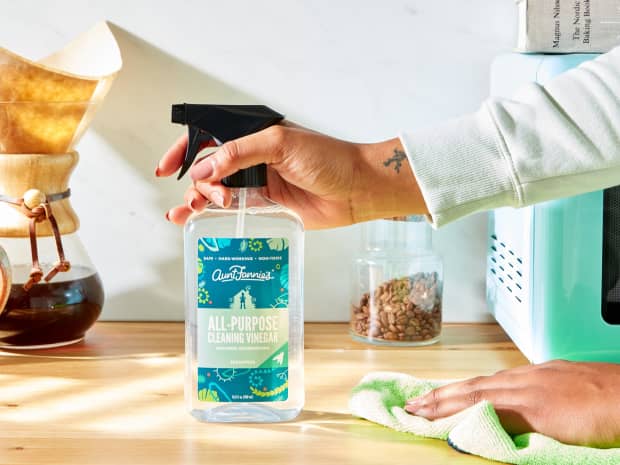
Last Updated: December 15, 2021
Dust bunnies wreaking havoc on your home? Learn more about what dust actually is and how to get rid of it the eco-friendly way from the cleaning team at Grove!
Dust does a lot more than just make your house look dingy — it coats the surfaces of your walls and furniture and causes major allergies.
To really rid your home of dust, it’ll take a lot more effort than simply wiping down surfaces from time to time.
When dust bunnies take over your home, show ‘em who’s boss. Learn how to really get rid of dust — the natural way — with our 4 steps below.
House dust is a blend of mold spores, dirt, pollen, fabric fibers, dead skin cells, and airborne pollutants.
So while dust might seem like a minor problem, it can actually be a major source of allergies, asthma, and breathing issues. What’s even worse is that dust mites love to feed off dead human skin cells found in dust!
According to Chemical & Engineering News, dust can cause exposure to a ton of different pollutants, especially because houses are so tightly contained.
Dust even recirculates throughout the environment and picks up a whole slough of substances before returning to the furniture or the floor (yikes)!
Learn more about where dust actually comes from and how to reduce dust in your house from this handy dandy video.
How often you should dust depends on how quickly your house gets dusty. If you live on a dirt road or on a busy street, you may need to dust more often than if you live in an apartment building.
If you have furry pets, or a large household, you’ll need to dust more often than if you live alone.
Add dusting to your regular house cleaning checklist, and dust when things are dusty, usually regular dusting at once per week is best to keep dust down.

Your furry family members produce a ton of hair containing dead skin cells.
Bathe, brush, and groom your pets regularly to keep dead skin cells and hair from trapping dust particles.
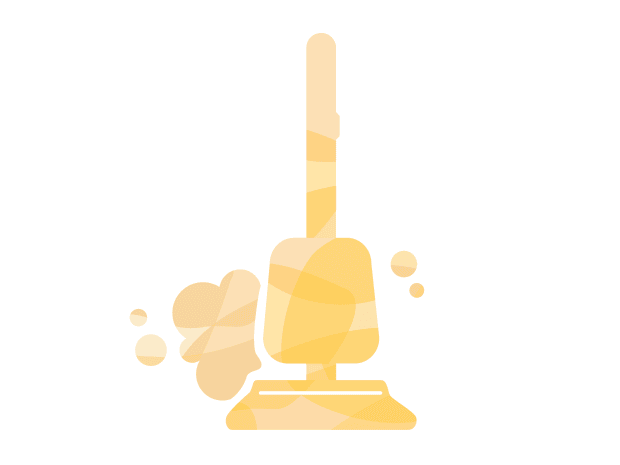
The longer dust is able to accumulate, the harder it is to keep it from spreading when you clean.
Clean your home at least once a week, and don’t forget to wash bedding, curtains, and linens when you do!

One of the easiest ways to keep dust at bay is to change your AC and furnace air filters every month. Filters are designed to clean the air and prevent dust from recirculating back through your house.
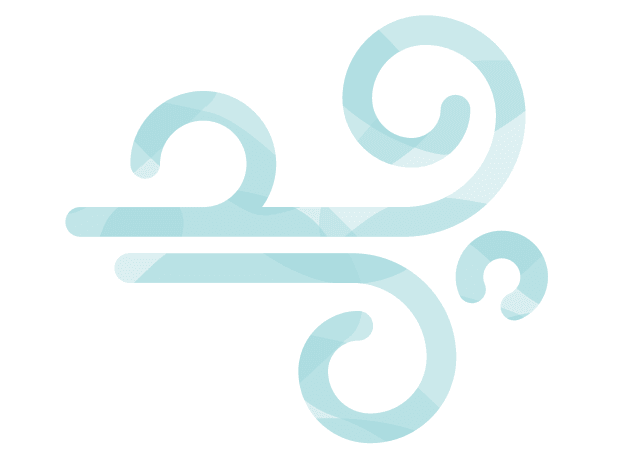
If you deal with allergies or asthma, chances are dust is the culprit. Air purifiers come in a range of designs, filter types, including HEPA filters, sizes, and shapes, ranging from whole-home units to portable single-room models. They work to capture dust, pollen, dander, dust mites, and other pollutants.
Read our helpful guide to air purifiers for everything you need to know about cleaning your home’s air.
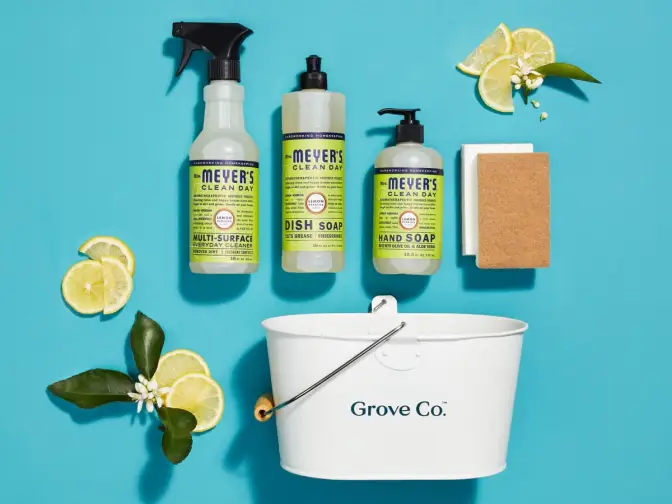
Wondering who Grove is, what types of products we offer, and how to get a free gift set when you sign up? Learn more about flexible monthly shipments, customizing your shipment, and joining millions of happy households — no monthly fees or commitments required.
When dust appears, no need to fear!
Gather the following eco-friendly cleaning products and items to eliminate dust in no time using the right eco-friendly cleaning products.

For general dusting like wiping down the table, counter, or another smooth surface, a microfiber cloth works wonders.
While other cloths simply move dirt and dust from one place to another, the tiny fibers in microfiber cloths collect and trap more dust than cotton cleaning rags.

For harder-to-reach areas, you can’t go wrong with a microfiber duster.
Look for microfiber dusters with extendable handles that extend when you need to dust in tight or tall places then collapse for easy storage after.

You’ll definitely pick up a good amount of dust with a microfiber cloth, but use an all-purpose cleaner to remove dust more effectively.
Spray a small amount onto the cloth before dusting and wipe away!
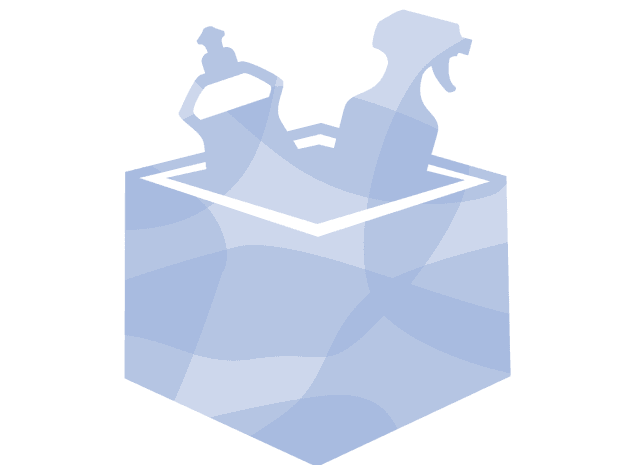
When tackling your hardwood floors, use eco-friendly tools like microfiber mop pads and wood cleaners to dust before you mop.
Reach tight corners, baseboards, and under furniture with a deep clean swivel mop before tackling the center of your floors.
Gather your dusting tools, and follow these 4 easy steps to learn how to dust properly.
Remove any knickknacks from tables, shelves, the piano, or other surfaces, and set them aside.
If the surface is extremely dusty, use a damp microfiber cloth. If the dust is a bit sticky, spray a little all-purpose cleaner on the area first. If the dust is minimal, use a dry microfiber cloth or microfiber duster.
Dust the items you removed from the surface before you put them back. Use the microfiber duster on books.
For glass or shiny trinkets, use a clean, damp microfiber cloth if they’re very dusty or a dry microfiber if they aren’t.
Use the microfiber duster on all of your electronics. If any have fingerprints, use a barely-damp microfiber cloth to remove them.
Dust the fronts, backs, and tops of the cable box, smart devices, and gaming consoles—if they’re stacked, unstack them, and dust each component. Even stacked, dust can get between them.
Use the microfiber duster on your walls. Move the duster back and forth or up and down in sweeping motions. Run the duster down each corner from ceiling to floor.
Run the duster along the baseboards. Then, turn off the lights, and swirl the duster around inside the fixtures. Use a damp or dry microfiber dusting cloth on the outsides of the fixtures.
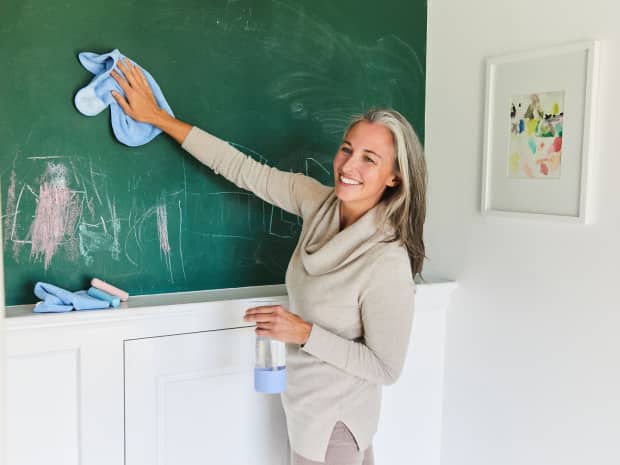
We've pulled the top 7 microfiber cleaning products as determined by Grove members. Select from any on the list and get them delivered to your door!
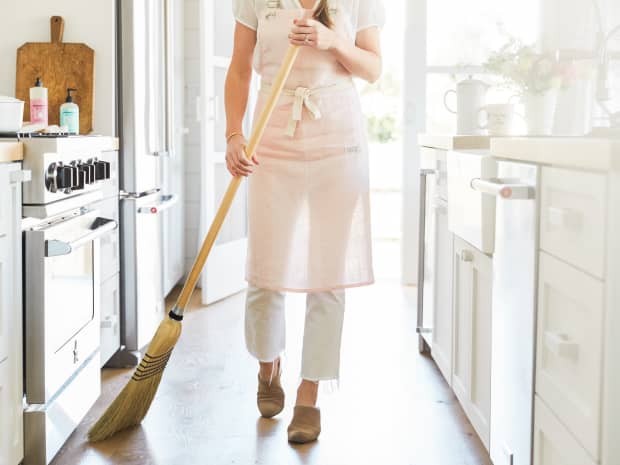
Want that professionally cleaned look without the cost or effort? Follow these 3 quick cleaning steps that only require giving your baseboards a once-over each month. Sounds easy enough, right?

Chandeliers add gorgeous ambience to any room, but what do you do when they start to lose their sparkle? We’ve got easy tips for cleaning a chandelier without taking it down.

We've pulled the top 9 all purpose cleaners as determined by Grove members. Select from any on the list and get them delivered to your door!